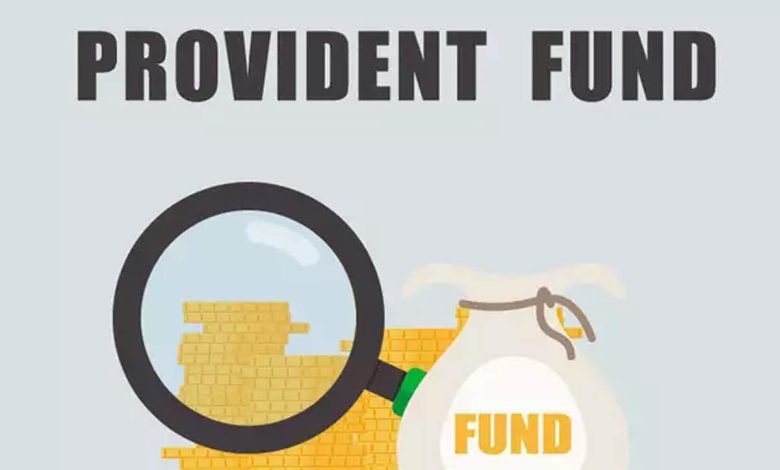
The Employee Provident Fund (EPF) is one of the most popular and promising tools for retirement planning and investment. The Employee Provident Fund Organization is a statutory body under the Ministry of Labour and Employment of the Government of India, which regulates the EPF. This regulatory body supervises the tax-free social insurance scheme, which provides a PF, pensions, and a life insurance scheme for retiring employees.
Eligibility for the employee provident fund
Employers with 20 or more employees are eligible for this social security program. You can benefit from this scheme regardless of whether you have been employee in the Government, public or private sector. The interest rate on employee provident funds (EPF) is 8.55%.
What’s the main purpose of the Employee Provident Fund?
The Employee Provident Fund was design to give retiring employees financial security and stability. Once an employee joins the company, the employer must regularly contribute to the provident maltepe escort fund.
In this case, the employer and employee contribute 12% of the employee’s wages to the Employee Provident Fund. The Provident Fund (PF) is a tax-free interest amount which ensures constant growth of the employees’ money.
Importance of Provident fund to the salaried class
Pensions and retirement benefits
To provide financial security for retiring employees, the Government has introduce two essential elements in the employee provident fund: the Employee Pension Scheme and the Provident Fund (PF).
A total of 12% of the employee’s remuneration should also be contribute by the employer here. As far as employee contribution is concern, the entire sum is divert towards the Employee Provident Fund. From the employer’s 12% contribution, 8.22% goes to the Employee Pension Scheme, and the rest is transfer to the Employee Provident Fund.
After retirement, the amount contribute will be paid to the employee in the form of a pension. It is worth mentioning that this pension amount is relate to the number of years of service and remuneration withdrew by the employee during the period of employment. Depending on the last drawn average salary, the duration of service, and the department of the retiring employee, retiring employees can also get a lump sum EPS gain along with a provident fund gain.
Tax exemption
Section 80C of the Income Tax Act of 1961 states that employee provident fund are eligible for tax exemptions. So, the employee does not have to pay taxes on the interest generate by the provident fund (PF). At present, the rate of interest is roughly 8%.
Even though the provident fund (PF) has lain dormant for more than three years, the interest continues to accrue. Furthermore, provident fund (PF) amounts withdrawn after five years of continuous service are not taxable unless the employee is terminate from the service for some reason.
Benefits provided by insurance
The law states that if the employer does not provide its employees with group insurance coverage, the organization must contribute 0.5% of the basic monthly salary to cover the cost of a life insurance policy. It is a benefit provide under the Government’s Employees Deposit Link Insurance Scheme.
Withdrawal option
Provident funds (PF) can be withdrawn prematurely since they are a social security scheme. EPFO has implement several limitations on early withdrawals from employee provident funds to benefit employees after retirement. However, an employee can withdraw a partial amount of provident fund (PF) money to meet specific needs.
They can withdraw the money if there is an emergency, such as a medical emergency, a marriage ceremony, or a home loan. EPFO has permit the withdrawal of only 50% of an employee’s contribution towards a provident fund in cases of marriage, education, or other expenses.
Exorbitant ROI
A provident fund offers a higher return than any other form of investment. The employee’s provident fund organization invests between 5 and 15% of their provident fund deposits in Exchange Traded Funds, which earn interest.
Benefits of home advances
Special benefits exist for employees who want to invest in a house or construction of a house. Employee Provident Fund Organizations allow employees to use up to 90% of the amount in the account to obtain, construct, or make a down payment on a residential property. However, there are certain preconditions that employees have to fulfil to be eligible for this benefit.
Conclusion
It is widely known that the Provident Fund (PF), a tax-exempt social security scheme, is one of the retirees’ most promising investment plans, or it can also be said as the best fixed deposit in India.
But the Government needs to make some new provisions regarding the interest earn on the provident fund (PF) amount, which is only 8.55%, to ensure retirees’ future. Home Page